Why is AI trending now?
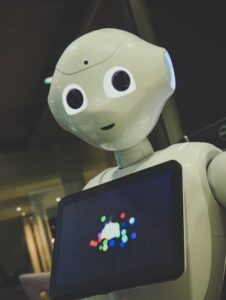
Over the last ten years, enormous quantities of data have been generated and handled. This data can be used to train artificial intelligence (AI).
Deep Learning methods and Expert Systems made computers learn from their errors and come to their own decisions. AI trends have the capacity to astonish, mesmerise and even scare us!
What exactly is AI?
AI or artificial intelligence is a method that mimics human cognitive processes, including learning, problem-solving, and decision-making. AI uses fresh data,analyses patterns to discover things, and learns from experience to do jobs that humans do.
How is AI used in healthcare?
One of the most prevalent applications of artificial intelligence in healthcare is machine learning.
By enabling the application of artificial intelligence in medical diagnosis and treatment, machine learning has changed the way the healthcare system operates. With higher precision than ever before, machine learning algorithms can swiftly analyse massive quantities of clinical paperwork, spot trends, and make predictions about medical outcomes.
A kind of artificial intelligence called natural language processing (NLP) enables computers to comprehend and utilise human language. NLP is being used in the healthcare industry for a variety of health data applications, including enhancing patient care by increasing the accuracy of diagnoses, expediting clinical procedures, and delivering more individualised services.
In this article, let’s discuss how AI can be used in Dentistry
AI in Dental practice
Management of dental practice involves a lot of manpower, possibilities of human error and time consuming.
AI can be of great use at:
- Maintaining patient records
- Managing appointments
- Billings
- Improving inter- department communications
- Patient feedback
These will increase efficiency, reduce the burden of clinic management and provide extra time for patient care.
AI in Dental Chair Units
Recent Innovations in dental chair involves smart use of AI.
- Modern dental chairs are connected to the internet so that technicians can detect repairs when compared to dental chairs with hydraulic pressure.
- Recently developed dental chair comes with voice-activation that eliminates the need for the dentist to manually operate the chair
AI in Dental Education
AI has the ability to produce patient care simulations and reduce all the risks associated with training on patients.
It also encourages students to compare their work with the ideal. These improve skill level when compared to traditional stimulation methods.
AI in Restorative dentistry
Dentists always strive to detect caries at early stages. Currently, radiographs and caries detection instruments are used to detect caries. AI can assist the dentist in this area.
- AI can accurately detect caries or restorations with radiographs
- Helps to decide cavity preparation methods to avoid pulpal exposure
AI in Endodontics
In Endodontics, AI can have the following useful applications:
- Evaluate the anatomy of root canal system & help to localise apical foramen more precisely than humans
- To determine working length
- Predict success of retreatment procedures
- Detection of Root fracture
- Viability of dental pulp stem cell
- Periapical Lesions
A bacterial infection of the root canal system is the primary cause of the inflammatory condition known as apical periodontitis. It may be identified using radiographs and on further advancement, they appear as periapical translucencies i.e periapical lesions.
Periapical lesions may be easily detected using imaging techniques like intraoral periapical radiographs (IOPA), orthopantogram (OPG) or cone Beam Computed Tomograph (CBCT).
Artificial Intelligence can also detect periapical lesions by simply identifying the bacterial infection. But more researches are needed to improve sensitivity of the results.
AI in orthodontic practice
In Orthodontics, AI can have the following useful applications:
- AI can assist in treatment planning of malocclusion
- Predict whether results can be achieved through non extraction
- Can be used to evaluate anchorage needs and decide treatment accordingly
- Predict treatment outcomes
- Can detect osteoarthritis of TMJ
- It can precisely place cephalometric points on cephalometric radiographs
- Assess growth spurts
AI in Dental surgery
In Oral surgery, AI can have the following useful applications:
- Helps to stimulate treatment outcomes in post orthognathic surgery and thus improve treatment plans.
- AI can assist in extraction of the third molar to prevent nerve injury of IANB ( Inferior alveolar nerve) during Local Anaesthesia.
- Can be used to identify lesions of Odontogenic origin
AI in Implants
- AI can detect success of osseointegration by measuring the quality of bone & bone loss around implants
- Can be identify stages of treatment using panoramic radiograph
AI in periodontics
In periodontics, AI can have the following useful applications:
- Mobility is a common complication of periodontal disease. If left untreated,it can also lead to tooth loss and AI can detect bone loss due to periodontal diseases
- Inflammation around implants is known as peri- implantitis. It can lead to failure of implant treatment and AI can be used for diagnosis of bone loss around Implants.
- AI can measure periodontal bone level & cementoenamel junction to make a diagnosis of periodontitis staging.
AI in forensic odontology
In the interesting field of forensic odontology, AI can have the following useful applications:
- Age and Sex determination
- Analyse Bite marks
- Can predict morphology of jaws
- Bio printing is a technology in which living tissues can be recreated by arranging cells in layers . In future,this technique can be used to reconstruct oral tissue that may be lost due to disease or trauma
Can AI replace dentists?
Absolutely not!!!
Clinical care involves treating patients with empathy, making human connections & building trust with the patients – which cannot be replaced by AI.
Challenges of AI
- Ethical & Legal Concerns:
The maintenance of ethics and accountability is the biggest challenge of AI in dentistry. If a patient suffers complications from treatment, then who is accountable? AI or Dentist?
It also raises legal concerns.
- Poor Labelled Data :
Since AI depends on recognising patterns and tagging the available data, poor results may be produced due to poor labelled data. In addition, sharing of clinical data questions the privacy of patients.
- Lack of Standardization :
There is a lack of rules and guidelines to use AI in dentistry. This can make it difficult for the dentist and the patients as they may overestimate AI.
Conclusion
AI in the near future can revolutionise the healthcare industry. AI can reduce manpower and increase efficiency in clinic management. It can assist the dentist in diagnosis and treatment plan. AI can be used as a tool in continuing dental education. Recent innovations in AI can improve patient care and predict success of the treatment. However, AI lacks human connection,empathy which is necessary for patient care. It also has ethical and legal concerns. Continuous research can make AI an integral part of the dental team in the near future.
References
- https://www.ncbi.nlm.nih.gov/pmc/articles/PMC9418762/
- https://www.ncbi.nlm.nih.gov/pmc/articles/PMC8950565/
- https://jcda.ca/l7
- https://www.dental-tribune.com/news/artificial-intelligence-in-dentistry/

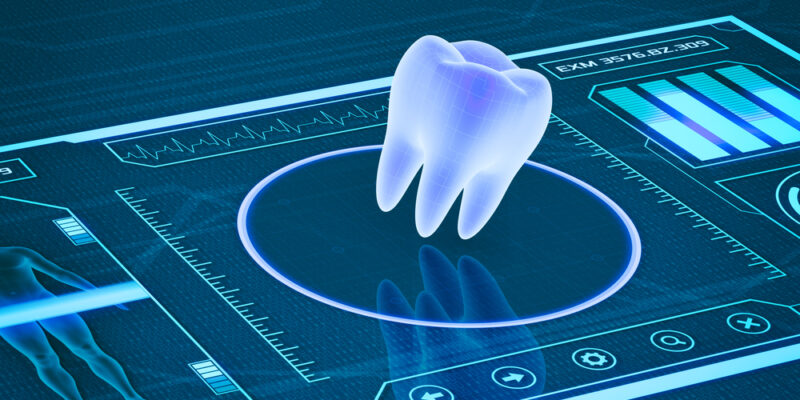



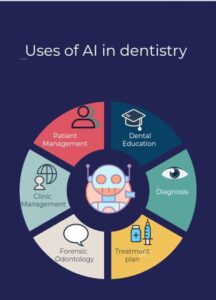

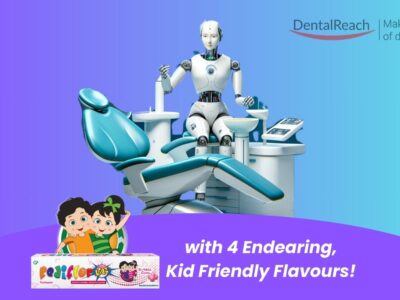

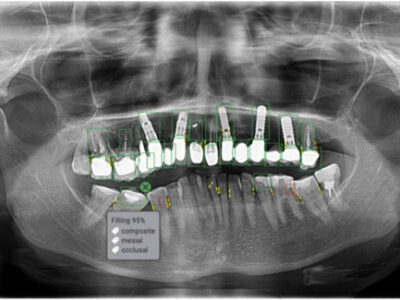









Comments